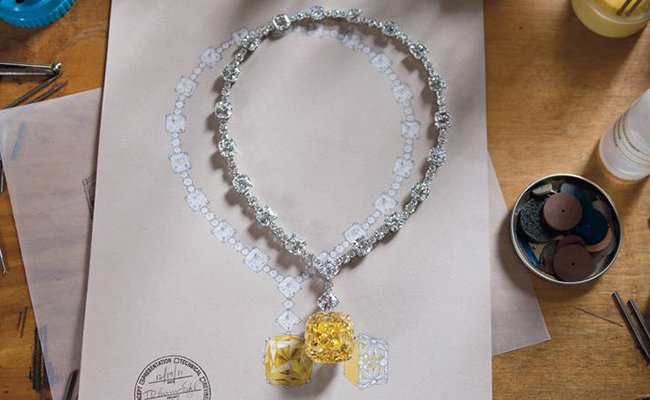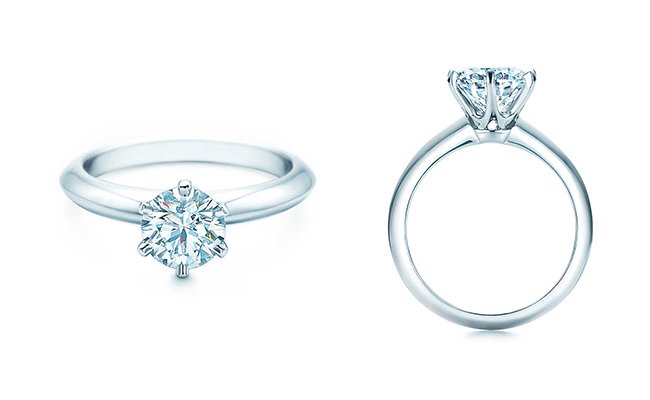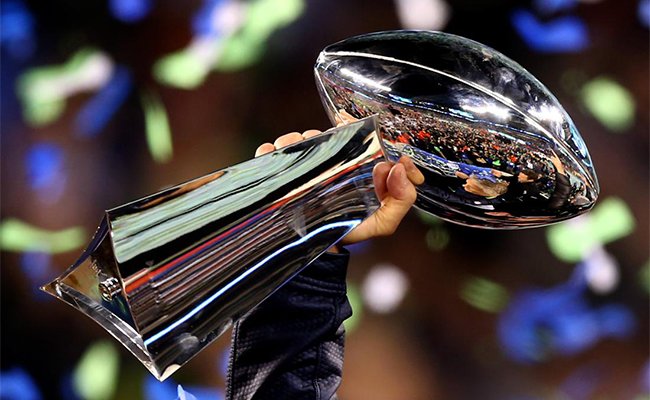Tiffany & Co. Legacy: Stories Behind the Brand
As one of New York’s finest jewelers since 1837, Tiffany & Co. has a remarkable brand history, marked with incredible firsts and significant achievements. We explore these momentous stories that built the brand of Tiffany & Co.
1. The Acquisition of the Tiffany Diamond

Discovered in the Kimberley diamond minds of South Africa in 1877, the Tiffany Diamond (as it is known today) is one of the largest yellow diamonds ever discovered. The yellow diamond was purchased by Tiffany & Co. founder, Charles Lewis Tiffany, in 1878, just as the jeweler was adding more and more precious stones to its designs. Moreover, this impressive acquisition cemented Tiffany’s title as the “King of Diamonds” and Tiffany & Co. as the world’s diamond authority.
Tiffany & Co.’s gemologist, Dr. George Frederick Kunz, spent a year studying the stone to determine the best way to cut it. Finally, it was cut from its original hefty weight of 287 carats to a dazzling cushion-shape that tipped the scales at 128.5 carats. Kunz used an unprecedented 82 facets, surpassing the usual 58-facets for a brilliant cut, to ensure the diamond sparkled beautifully.
The Tiffany Diamond was put on display at the 1893 World’s Colombian Exposition in Chicago; the 1901 Pan-American Exposition; the 1933-34 Century of Progress exhibition; and the 1939-40 World’s Fair in New York City. Tiffany & Co.’s acclaimed designer Jean Schlumberger set it in the Ribbon Rosette necklace in 1961 to be worn by actress and style icon Audrey Hepburn in a series of promotional photos for her film Breakfast at Tiffany’s. The yellow Tiffany Diamond was then mounted in Schlumberger’s now-iconic Bird on a Rock setting. The Bird on a Rock was later a cornerstone of Schlumberger’s retrospective at the Musée des Arts Décoratifs in Paris in 1995.
2. Revolutionizing Engagement Rings with The Tiffany® Setting

Tiffany & Co. revolutionized engagement rings in 1886. Prior to then, an engagement ring’s diamond was usually placed in a bezel setting which effectively secures and surrounds the entire diamond in the ring’s metal band. The result was a less brilliant (and less appealing) stone.
The Tiffany® Setting, however, was a radical change; Charles Tiffany introduced the six-prong setting which raised the diamond above the band and allowed an incredible amount of light to pass through the diamond and increase its brilliance. And while other jewelers have since introduced their own iteration of this trademark setting, the Tiffany® Setting remains the most popular engagement ring setting.
3. A Pledge to Ethical Diamond Mining

Tiffany & Co. is leader in ethically sourced diamonds. Conflict or blood diamonds are rough diamonds mined in a war zone (frequently in central and western Africa) that are then sold or illicitly traded to finance military action. Thousands of people are enslaved and forced to mine diamonds in dangerous conditions. It is estimated that, at the height of Sierra Leone’s civil war, conflict diamonds made up 4% of the world’s diamond production.
In May 2000, South Africa enacted the Kimberley Process aimed at stopping the trade of conflict diamonds. Tiffany & Co. has been an advocate and active participant of the Kimbereley Process. And to ensure its diamonds are always ethically mined, Tiffany & Co. holds control of its vertical supply chain.
Tiffany & Co. also helped found the Initiative for Responsible Mining Assurance which ensures working mines leave a minimal environmental footprint and have a positive influence upon its local community. Tiffany & Co., in turn, employs local workers to mine, polish and cut all the stones.
4. Producing Trophies for the Biggest Sporting Events

Surprising to some, Tiffany & Co. began its tradition of designing sports trophies in 1860 with horse racing trophies. And since then, Tiffany & Co. has created many iconic and landmark awards including the first world championship baseball trophy in 1888 and has continued producing the World Series trophy since 2000. In 1909, Tiffany & Co. debuted the incredibly impressive eight-foot Indianapolis 500 trophy.
Tiffany & Co. has designed and produced the NFL Super Bowl’s Vince Lombardi Trophy every year since the inaugural Big Game in 1967. The trophy is entirely crafted in sterling silver, weighs a hefty seven pounds and the top figurine is the size of an actual football.
Photo Credit: telegraph.co.uk / tiffany.com / time.com







